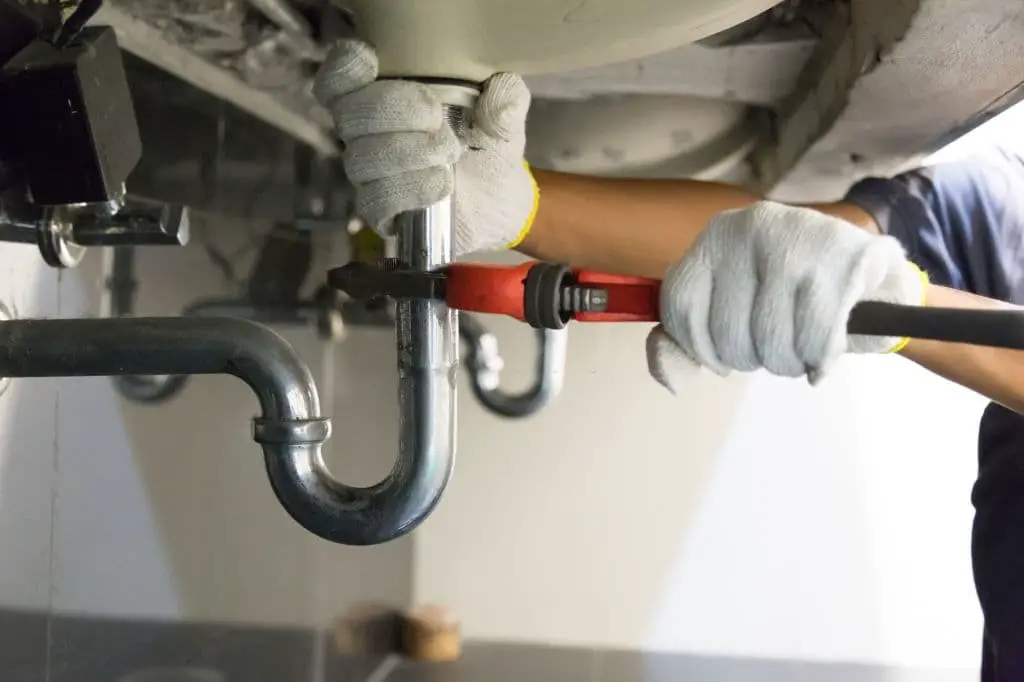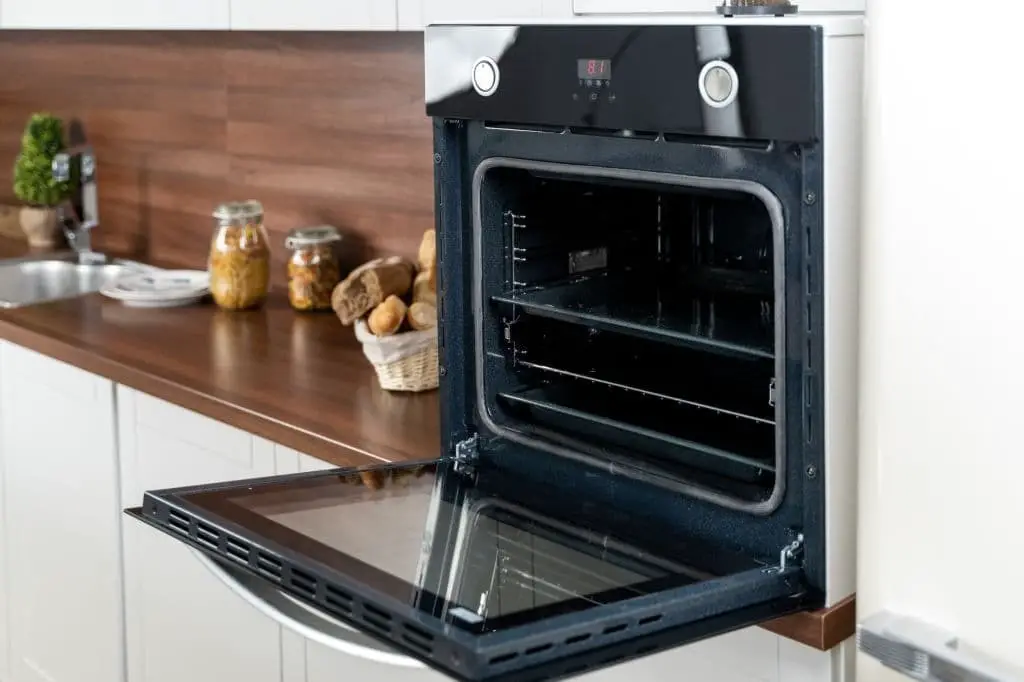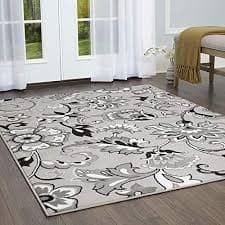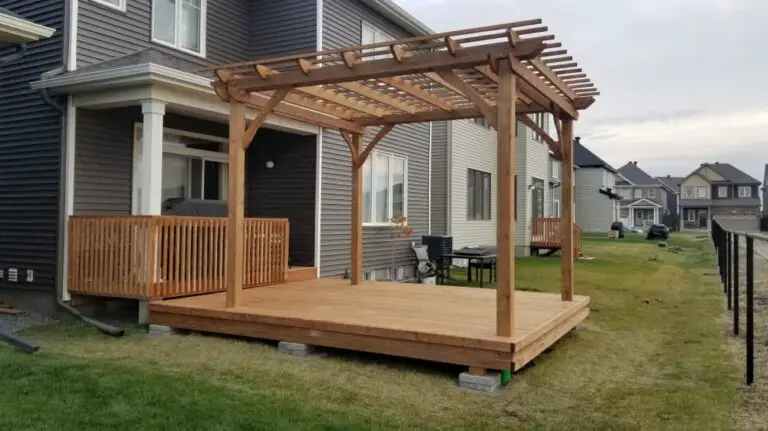17 Kitchen Renovation Tips To Save You Thousands $1000S
When it comes to renovating your kitchen, it’s easy to get caught up in thinking about the big-ticket items like countertops, cabinets, and appliances. But a well-designed kitchen is all about balance – and that means considering every detail from lighting to flooring. To help you plan your renovation, here are some essential tips to keep in mind.
First, think about the style of your cabinets and how they’ll fit into the overall aesthetic you’re going for.
You might also consider the importance of good lighting – a kitchen that’s well-lit can make all the difference in terms of functionality and ambiance.
Of course, there are many other factors to consider when renovating your kitchen, from measuring your cabinets before buying new ones to taking note of the plumbing factor. And don’t forget about the importance of ventilation – a clean system is crucial for maintaining good air quality in your home.
Ultimately, planning a successful kitchen renovation requires careful consideration of every detail, from big-picture decisions like budget and space allocation to smaller details like appliance placement and countertop material.
1) Create a temporary kitchen

Establishing a temporary kitchen setup in your home or apartment is crucial before diving into a full-scale renovation. Designate a space where you can lay out your countertops, cabinets, kitchenware, pots, and pans in an organized and accessible manner. This makeshift kitchen will serve as your hub for preparing ingredients, cooking meals, and cleaning up after each meal.
While aesthetics aren’t the top priority, functionality is key to ensuring you can still cook with ease during this transitional period.
2) Buy a Seam Setter

A seamless transition between surfaces is crucial in any renovation project, including kitchen makeovers. Seam setters play a vital role in ensuring a smooth finish by connecting two non-porous surfaces, effectively hiding any imperfections. This technique is essential for creating a polished and appealing look, as seams can be the most noticeable aspect of a renovation.
A good seam setter not only streamlines the connection process but also offers added benefits like levelling and flattening stone, making it an invaluable tool for multiple room renovations.
3) Refurbish old cabinets

Kitchen cabinets often bear the brunt of daily wear and tear, which can leave them looking worn and tired. However, before considering replacement, it’s worth giving these essential components a bit of TLC to restore their former glory. A fresh coat of paint, new hardware, or stain can work wonders in revitalizing your cabinets’ appearance, without requiring any drastic measures like stripping down the entire unit.
Additionally, cabinet makers can help you design custom solutions that fit your unique style, while DIY enthusiasts may prefer to tackle the task themselves. Some homeowners also choose to get creative with their cabinets by incorporating chalkboard paint for jotting down grocery lists or daily menus, while others opt for a sleek, minimalist look achieved through the use of resin and wood.
4) Take note of the floor gaps
When updating your cabinetry while retaining existing flooring, it’s common to encounter small gaps between the two. To achieve a smooth, seamless look, consider cutting the new cabinets down to size rather than forcing them into their old space. Seam setters can be particularly useful for this task, as they can bend and mold around objects and surfaces with ease. If the gaps are minimal, such as toe-kick depths, simple molding may suffice.
For added convenience, ensure that the width of the new cabinets matches that of the previous ones. However, if you’re replacing your cabinets with a thinner wood set, you may need to add a base plate for stability.
5) Measure your cabinets before purchasing them
When contemplating the replacement of your cabinets, it’s crucial to take precise measurements beforehand to ensure a seamless installation. Failing to do so may result in the purchased units not fitting properly, leading to unnecessary expenses on materials and labor for subsequent attempts.
To sidestep this predicament, meticulously measure all dimensions – height, width, and depth – of your existing cabinets prior to visiting the store.
By doing so, you can guarantee that your new cabinets have identical specifications, thereby minimizing the risk of a costly and time-consuming renovation mishap.
6) Take the plumbing factor seriously

When it comes to kitchen renovations, the plumbing and drainage system of sinks and faucets are often overlooked, but they’re crucial elements that require careful consideration. Renovating an outdated kitchen without addressing these systems can render your newly installed countertops ineffective. The extent of adjustments needed depends on your renovation goals.
If you’re looking for a quick fix, it’s best to stick with the existing setup, as major changes can lead to additional costs and potential damages. However, if you’re aiming to rebuild your kitchen from scratch, you’ll need to factor in sink plumbing too. Many homeowners make the mistake of neglecting their plumbing system before choosing a layout strategy.
For instance, when installing a dishwasher in a cramped space, it’s essential to ensure the faucet’s drainage system can handle the increased demand. Similarly, if you’re planning for double sinks, the plumbing system must be capable of supporting two separate water lines.
7) Consult with professionals

When it comes to renovating your kitchen, hiring professionals is not just about saving time and effort – although that’s certainly a bonus. It’s also about ensuring the project runs smoothly from start to finish. While DIY expertise can be a valuable asset, even seasoned homeowners may benefit from consulting with local professionals, especially when tackling major renovations.
These experts have the knowledge and experience to identify potential issues or complications before you begin, which can help prevent costly mistakes down the line. For smaller projects, consider hiring plumbers or carpenters who work on a cash or hourly basis, allowing you to maintain control over your budget while still benefiting from their expertise.
8) Make the most of your space

When embarking on a kitchen renovation, it’s easy to get caught up in the excitement of new appliances and countertops. However, for those who frequent their kitchens, it’s crucial to consider the functionality and durability of these elements. With a focus on accommodating pots, pans, and cooking utensils, choosing the right materials is vital.
Durable options like granite or quartz are ideal for supporting not only your countertops but also cabinets and appliances, ensuring a busy kitchen remains organized and efficient. Storage is another key aspect to consider, as cupboards and drawers with sufficient depth and height can efficiently house larger cookware, utensils, and other essential items.
9) Clean your ventilation system regularly

To ensure a long-lasting renovation project, it’s crucial to maintain a clean ventilation system in your kitchen. A dirty ventilation system not only allows unpleasant odors to permeate throughout the space but also potentially carries them into adjacent areas, such as the living room. The area under the sink is typically the most neglected part of the kitchen and requires thorough cleaning before commencing with any renovation work.
Additionally, inspecting and cleaning out any signs of rust or mould growth in the ventilation pipes is essential. If left unchecked, these issues can compromise the quality of your ventilation system, impacting its ability to effectively filter out odors and maintain a clean and healthy environment.
10) Make time for repairs
When embarking on a kitchen renovation, it’s crucial to consider the materials involved – wood, drywall, or concrete – as well as the appliances and wares being replaced. While these construction elements are designed to be durable, they can still suffer wear and tear over time. To ensure your newly renovated space remains in top condition, it’s essential to inspect each item before reinstalling them. This includes checking appliances for any faults or needed maintenance.
A thorough cleaning followed by professional repairs will help guarantee a seamless transition into your new kitchen.
11) Stay on budget
Renovating a kitchen requires a delicate balance between creativity and budgetary constraints. To avoid overspending, it’s essential to prioritize what matters most to you and resist the temptation of impulsive decisions that can quickly add up. A key strategy is to focus on the essentials and leave room for unexpected expenses by incorporating contingency plans into your budget.
By adopting this approach, you’ll be able to stay within your means while still achieving a high-quality kitchen renovation that meets your needs.
12) Make space for the fridge

Before embarking on a cabinet or drawer installation project, it’s crucial to ensure there’s sufficient space for your fridge. If you plan to replace your old refrigerator with a new one during the renovation, take the time to measure its dimensions beforehand. This will give you an accurate idea of how much extra space you’ll need to accommodate the new appliance, which may have a different form factor than your current model.
This consideration is particularly important if you’re planning to install larger appliances or expand your workspace, as you’ll want to ensure there’s enough room for everything to fit comfortably.
13) Take Note of Your Natural lighting

When it comes to kitchen renovations, lighting is often an afterthought. However, it’s crucial for creating the perfect ambiance and allowing natural light to flood the space. By positioning your stove or sink near windows, you can capitalize on daytime illumination. But as night falls, you’ll need to rely on indoor lighting sources. To achieve a balanced and even lighting scheme, aim to have multiple light sources entering from at least two directions.
This could be achieved by placing your sink in a corner, allowing natural light to enter from another angle too. By doing so, you’ll ensure that the kitchen remains well-lit regardless of the time of day.
14) Give your walls some love

Kitchens rely heavily on walls, not just for their aesthetic appeal, but also to regulate noise and temperature. Well-insulated walls are crucial in maintaining a comfortable cooking experience throughout the year. While paint is a popular choice for decorating walls, certain types excel in sound absorption and heat containment. Matte paints, for instance, possess a unique sound-absorbing quality that can be found at most home goods stores.
Alternatively, backsplashes crafted from tiles or metallic sheets can add a touch of sophistication to the space.
15) Think about your countertops

Kitchen renovations typically involve swapping out the surfaces in your kitchen, a key distinction between DIY and professional projects. Granites and marbles are common choices, each boasting its own unique characteristics, textures, and insulation properties. While these high-end options can elevate the overall aesthetic of your kitchen, they often come with hefty price tags and susceptibility to stains due to their porous nature.
For a more budget-friendly approach, laminate countertops present an attractive alternative. These practical solutions are readily available at most hardware stores and offer a cost-effective means of updating your kitchen without breaking the bank. While they may not boast the same glamour as marble or granite, they do provide a space-saving and affordable way to refresh your kitchen.
16) Create a kitchen renovation checklist
Renovating a kitchen can be an overwhelming task, as it involves juggling multiple aspects such as budgeting, sourcing materials and professionals, and coordinating logistics. Without proper planning, the process can easily become muddled, leaving room for errors and delays. To ensure a seamless transformation, creating a comprehensive checklist is essential.
This tool allows you to meticulously track every detail, preventing any last-minute surprises that might jeopardize your renovation’s success.
17) Ovens and microwaves are important too

When it comes to the appliances in your kitchen, even though they’re relatively low-maintenance, they can also be incredibly delicate. This is particularly true for these units, which require a certain level of care to prevent damage. As such, it’s crucial that any contractor working on them understands their fragility and takes steps to ensure they’re properly reinforced or insulated to function optimally.
Closing Thoughts
With the right approach, even a novice can successfully navigate the complexities of a kitchen renovation. By arming yourself with expert advice and a clear plan, you’ll be well-equipped to tackle the task head-on. As you embark on this transformative project, remember that our goal is to empower you with the knowledge you need to complete your kitchen makeover with confidence.
Related Posts
When embarking on a home renovation, safety should be top of mind – especially when children are involved. To ensure your little ones remain safe and secure during the process, it’s essential to childproof your home. Here’s how: first, identify potential hazards such as sharp edges, loose wires, or heavy objects that could topple over. Next, secure any hazardous materials like chemicals, cleaning supplies, or pesticides in airtight containers out of reach.
Consider installing safety gates at the top and bottom of stairs to prevent accidental falls. Finally, take precautions when dealing with heavy construction equipment and ensure all power tools are stored safely away from children.






